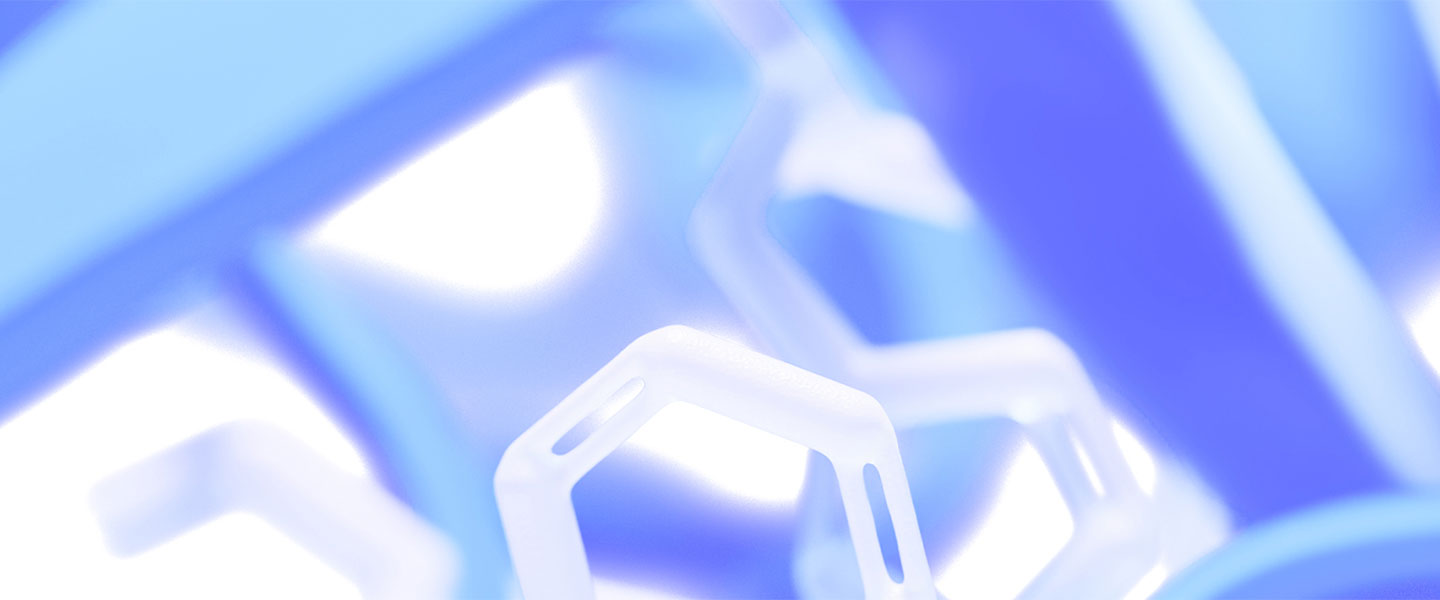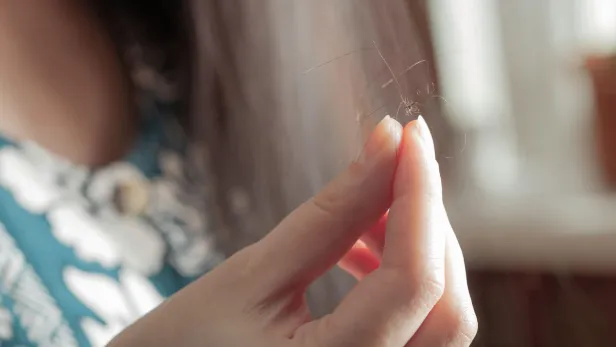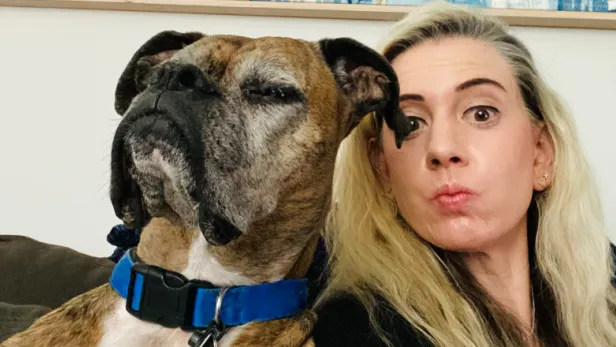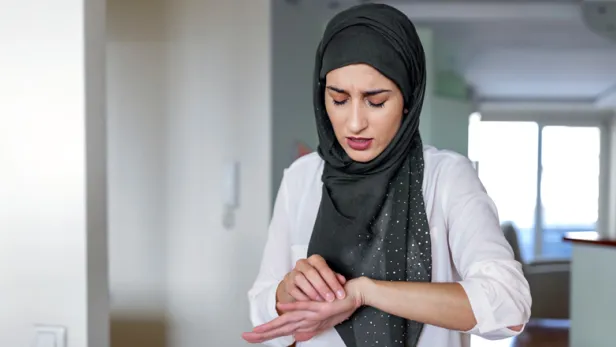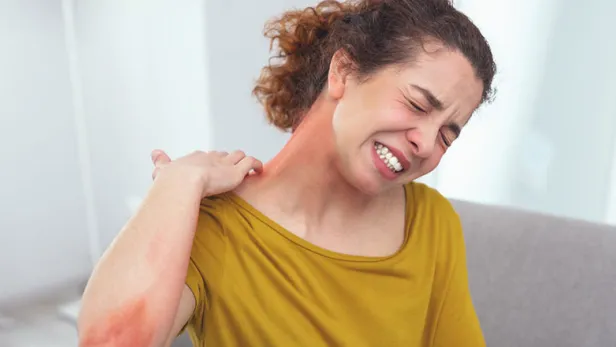Disease Education Information
In the US, acne is the most common skin condition, affecting nearly 50 million Americans every year1. This condition usually begins during puberty and can last into early adulthood1. Around 80% of those between ages 11 and 30 have acne outbreaks 2. Although acne is not a dangerous health condition, severe acne may lead to scarring and disfiguring3.
- What is Acne?
Acne is a condition that affects the oil glands and hair follicles on the skin. When hair follicles are blocked with skin and oil, a lesion (or pimple) is formed2. This happens when the bacteria that normally live on the skin grows in the plugged follicles causing, swelling, pain, redness, and heat4. Pimples are commonly found on the face, neck, back, chest and shoulders4.
- Who gets Acne and How?
Acne is most common among teenagers and young adults, but any person regardless of age or race can get acne5.
The exact cause of acne is not known, but there are several factors that maybe contribute to its cause.
- Hormonal changes—during puberty for both boys and girls, before a menstrual cycle, or during pregnancy6.
- Family history—if your parents had acne, there is a chance you may also get it7.
- Medications—use of certain medications such as lithium or steroids that increase testosterone may cause acne6,7.
- Cosmetics—especially oil-based products and suntan lotion6.
- What are the Symptoms of Acne?
Acne mostly occurs on the face but can also be common in places like the neck, shoulders, back and upper chest8.
Acne causes several types of pimples: 9
- Comedo—a hair follicle that is enlarged and plugged.
- Whitehead (or closed comedo)—a plugged follicle that stays under the skin that produces a white bump.
- Blackhead (or open comedo)—a plugged follicle that comes to the top of the skin, opens up and turns black when exposed to air.
- Papules—inflamed pimples that appear as small, tender pink bumps.
- Pustules—: pimples that are red at the bottom with a white or yellow pus-filled top.
- Nodules—pimples deep in the skin that are solid, large and painful.
- Cysts—deep, painful, pus-filled pimples that can cause scarring.
- How is Acne Diagnosed?
Your doctor will examine your skin, as other skin conditions may look like acne10. Once a diagnosis is confirmed, your doctor will determine the type(s) of acne you have and grade the severity (mild acne—grade 1 to severe acne—grade 4) 10.
- Can Acne be Treated?
Acne may be managed with over-the-counter and prescription medications. Treatment may help heal pimples, stop new pimples from forming and prevent scarring11.
Area of Focus: Internal Medicine
Acne is a focus of our Internal Medicine Therapeutic Area.
Visit Our Internal Medicine Site DetailsClinical Trials
We proudly partner with thousands of study sites and tens of thousands of trial participants around the world. It's these clinical trials that lead to life-changing medicines.
Go to Pfizer Clinical Trials Site DetailsReferences
1. Skin Conditions By The Numbers. https://www.aad.org/media/stats-numbers. Accessed March 25, 2020.
2. Acne Breakouts. https://newsinhealth.nih.gov/2018/07/acne-breakouts. Accessed March 25, 2020.
3. Acne. https://www.womenshealth.gov/a-z-topics/acne. Accessed March 25, 2020.
4. Overview of Acne. https://www.niams.nih.gov/health-topics/acne/advanced. Access March 25, 2020.
5. Who Gets Acne? https://www.niams.nih.gov/health-topics/acne/advanced#tab-risk. Accessed March 25, 2020.
6. Acne. https://familydoctor.org/condition/acne/?adfree=true. Accessed March 25, 2020.
7. Causes of Acne. https://www.niams.nih.gov/health-topics/acne/advanced#tab-causes. Accessed March 25, 2020.
8. Acne: Signs and Symptoms. https://www.aad.org/public/diseases/acne/really-acne/symptoms. Accessed March 25, 2020.
9. Types of Acne. https://www.niams.nih.gov/health-topics/acne/advanced#tab-types. Accessed March 25, 2020.
10. Acne: Diagnosis and Treatment. https://www.niams.nih.gov/health-topics/acne/advanced#tab-types. Accessed March 25, 2020.
11. Treatment for Acne. https://www.niams.nih.gov/health-topics/acne/advanced#tab-treatment. Accessed March 25, 2020.

